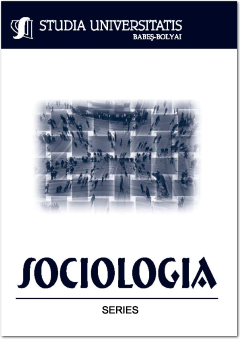MAPPING DEPRIVATION IN RURAL AREAS FROM TRANSYLVANIA: REFLECTIONS ON A METHODOLOGICAL EXERCISE
MAPPING DEPRIVATION IN RURAL AREAS FROM TRANSYLVANIA: REFLECTIONS ON A METHODOLOGICAL EXERCISE
Author(s): Cristina Rat, Andrada Tobias, Valér VeresSubject(s): Rural and urban sociology, Transformation Period (1990 - 2010)
Published by: Studia Universitatis Babes-Bolyai
Keywords: area deprivation; social mapping; Roma minority; rural Transylvania.
Summary/Abstract: The aim of the present paper is to present and critically discuss the potentialities and limits of using official data (collected and reported by state-institutions) in order to shed light on consequences of uneven development and measure area deprivation in present-day Romania. Our argumentation is based on a quantitative inquiry at the level of rural communes and small-towns from three counties located in the historical region of Transylvania. It presents the reasons for choosing certain statistical indicators, the construction of composite indexes and the profiles of localities according to their values. We explore the statistical correlations between our indexes and the poverty rates measured for 2002 (CASPIS, 2004), as well as the Local Human Development Index proposed by Sandu (2011) and revised by the World Bank (2014). Unlike other poverty-mapping inquiries, our goal was not to identify compact, segregated and severely impoverished settlements, but to measure the extent of material deprivation at the level of the entire administrative unit. In this way, we refrained from seeing poverty as the problem of a socially (and sometimes spatially) marginalized settlement, and instead defined poverty as a problem of the entire local community, that should be addressed by the local community as a whole. Our data reveals that, after controlling for poverty and local resources, the share of the Roma ethnic minority is a strong statistical predictor of registered unemployment, however, it does not correlate with the frequency of granting social assistance benefits.
Journal: Studia Universitatis Babes-Bolyai - Sociologia
- Issue Year: 60/2015
- Issue No: 2
- Page Range: 85-112
- Page Count: 28
- Language: English

